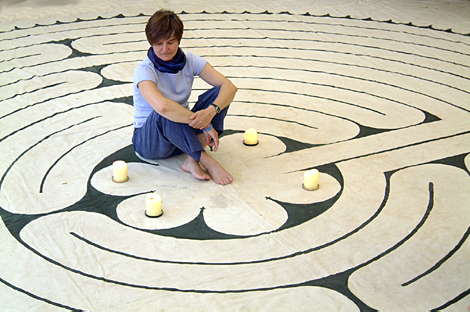Nepal.
I want to go there for pilgrimage.
It is also a progressive country.
2010 top places to visit from nyt.com has Nepal:
31. Nepal
San Francisco, Amsterdam and Provincetown? Been there. Mykonos and Ibiza? Done that. Looking for the next gay destination? How about the Himalayan country of Nepal? Yes, Nepal.
In the roughly two years since the nation’s supreme court ordered that gay, lesbians and transgendered people be afforded equal rights, this conservative, mostly-Hindu country appears to be moving ahead full throttle.
Gay friendly clubs now dot its capital. (Go to www.utopia-asia.com for listings.) A “third gender” category is an option on national I.D. cards. Recently, a transgender beauty queen even got a photo op with the prime minister. And now there’s a tourist agency in Katmandu that is promoting gay tourism to Nepal.
Started by Sunil Babu Pant, an openly-gay legislator, Pink Mountain Travels and Tours (www.pinkyatra.com) promises to marry adventure travel with gay weddings. With talk that Nepal may legalize same-sex marriage this year as the country hammers out a new constitution (and, perhaps more importantly, deals with recent bouts of civil unrest), Mr. Pant is offering to hold nuptials at the Mount Everest base camp, jungle safari honeymoons and bridal processions on elephant back. — Aric Chen.
Cool.
Pace!
B








